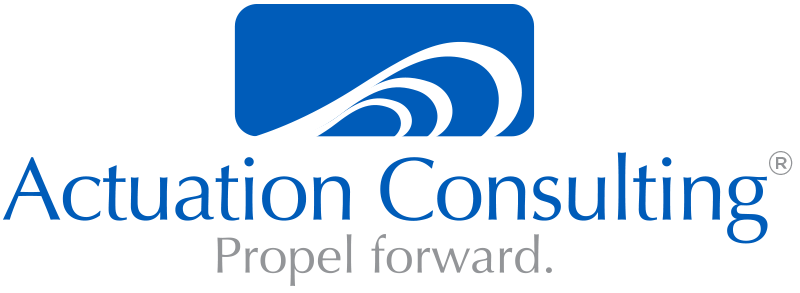There are so many varied concerns that a product roadmap must address. To simplify matters and save your own sanity, it’s wise to create two separate but linked roadmaps. Your external roadmap will help build client trust and support the sales process. Your internal roadmap has more aggressive goals.
Who Uses the Internal Product Roadmap?
Of course, you the product manager will use the internal product roadmap. In addition the roadmap will be used for performance improvement by:
- The product development team
- Senior leadership
The internal product roadmap should never leave the building and never be shown to clients.
How Will We Use the Internal Product Roadmap?
You’ll use the internal product roadmap to evaluate how your team’s performance is stacking up to goals in three areas: scope, cost, schedule and possibly quality. Think of your product development process as a multi-legged stool. If one of the legs doesn’t meet goal, the stool won’t stand.
There is considerable discussion in some companies about whether scope or schedule is most important. The truth is, they are both equally important and can coexist. By creating an internal product road map, you will be able to establish a baseline and work to improve people, process, and tools. The goal will be for your company to consistently execute well in all areas.
The idea behind this approach is to hold your internal team to a higher standard than your external documents and conversations reveal to customers. That way you can improve execution over the months without undermining client trust.
How to Use the External Product Roadmap
Sales and other customer-facing teams will use information in the external roadmap to manage client expectations and support the work of your sales team. You don’t want to promise more than you can deliver. That’s why you should always take a less aggressive approach in your external product roadmap than in the internal one. Something it should show are the releases that you are sure you can achieve within established timeframes. As time passes and your team improves execution, you can enhance your external product roadmap with more detail. Clients will respect your company when you demonstrate that you do what you say you’ll do. Missing commitments you made to the marketplace undermines trust.
In my next post I’ll begin discussing product development and how to stay in sync with your development team.
Advancing the Profession of Product Management™
website I consulting I training I toolkits I books I blog I twitter

